Are you preparing for a multi-day trek or a remote stay in Vietnam? Do you wonder if bringing a power bank is a good idea? At SIXT.VN, we believe that a power bank is more than just a convenience; it’s an essential piece of equipment for any traveler venturing off the beaten path in Vietnam. A power bank keeps your devices charged, ensures safety during remote explorations, and lets you stay connected.
1. What Should Your Pack Weigh for a Multi-Day Trek?
Many seasoned hikers aim to minimize their pack weight for enhanced speed and reduced strain on their bodies. When starting out, it can be challenging to balance what to pack and the pack’s weight. Initially, packs might weigh around 20kg, but with experience and gear upgrades, the base weight (excluding food and water) can be reduced to about 6.5kg.
According to a study by the American Hiking Society in [2023], reducing pack weight improves endurance and reduces the risk of injury during long treks.
Consider weight when packing, but don’t compromise safety and comfort, especially when starting. Aim to keep the total pack weight under 15kg for comfortable hiking.
 overnight hike packing list pin
overnight hike packing list pin
2. How Expensive is Backpacking Gear for Hiking in Vietnam?
The pricing of hiking gear varies significantly. Investing in key items like a tent, backpack, and sleeping bag is generally worthwhile. However, you don’t need to spend a fortune to get started. It’s possible to begin with more affordable options.
According to Vietnam National Administration of Tourism, the demand for quality outdoor gear has increased, leading to more competitive pricing and availability.
Consider purchasing secondhand gear from online groups or hiring equipment to save money. Don’t let cost prevent you from enjoying overnight hiking.
3. What to Pack for an Overnight Hike in Vietnam?
Packing for an overnight hike can feel overwhelming. Here’s a breakdown of essential gear, perfect for tackling multi-day treks in Vietnam, with recommendations for beginners.
3.1. Main Gear Pieces
Essential items include a backpack and a tent for a comfortable and safe overnight experience.
3.1.1. Backpack (& Pack Cover)
Choose a backpack with a capacity of 45 to 60 liters for overnight hikes. Osprey packs offer excellent support and comfort:
- Osprey Aura 50: Ideal for female hikers.
- Osprey Atmos 50: Equivalent for men.
Lighter options like the Gossamer Gear Mariposa 60 reduce overall pack weight if you’re aiming for a base weight below 8kg. Add an Osprey rain cover for protection against rain.
3.1.2. Tent (& Ground Sheet)
A lightweight 2-person tent is ideal for solo or duo adventures. The Big Agnes Copper Spur UL2 is a great option which is free-standing, spacious, and weighs about 1.4kg. For a budget-friendly option, consider the NatureHike Cloud Up 2 Person tent. Don’t forget a ground sheet to protect your tent floor.
3.1.3. Sleeping Mat
An inflatable sleeping mat is essential for a comfortable sleep. The Sea to Summit Ultralight Insulated Mat is lightweight and compact. For extra comfort, try the Sea to Summit Ether Light.
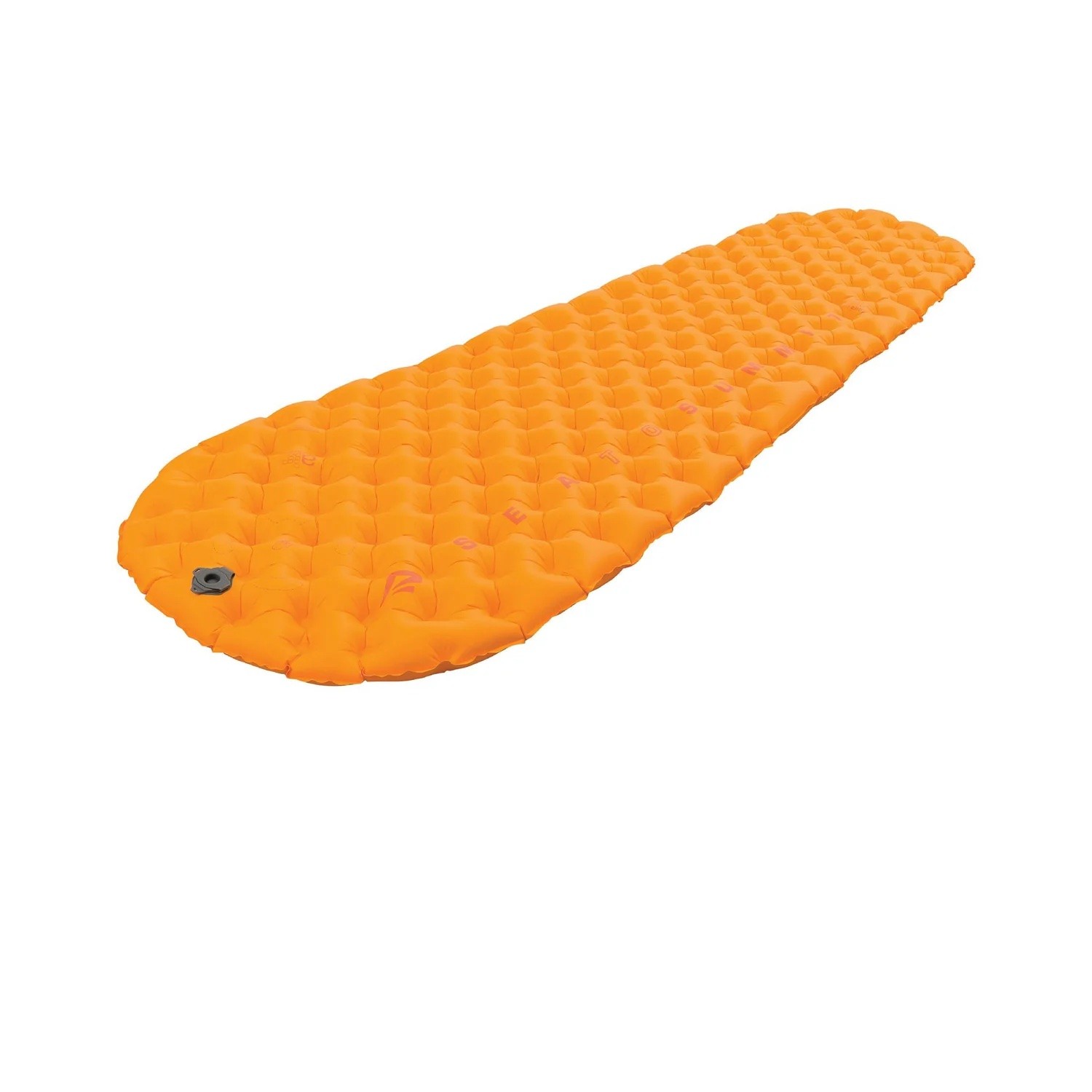 Ultralight Insulated sleeping mat
Ultralight Insulated sleeping mat
3.1.4. Sleeping Bag
Opt for a down sleeping bag for the best warmth-to-weight ratio. The temperature rating depends on the hiking location. The Sea to Summit Spark IV is rated to -9 degrees and weighs 900g.
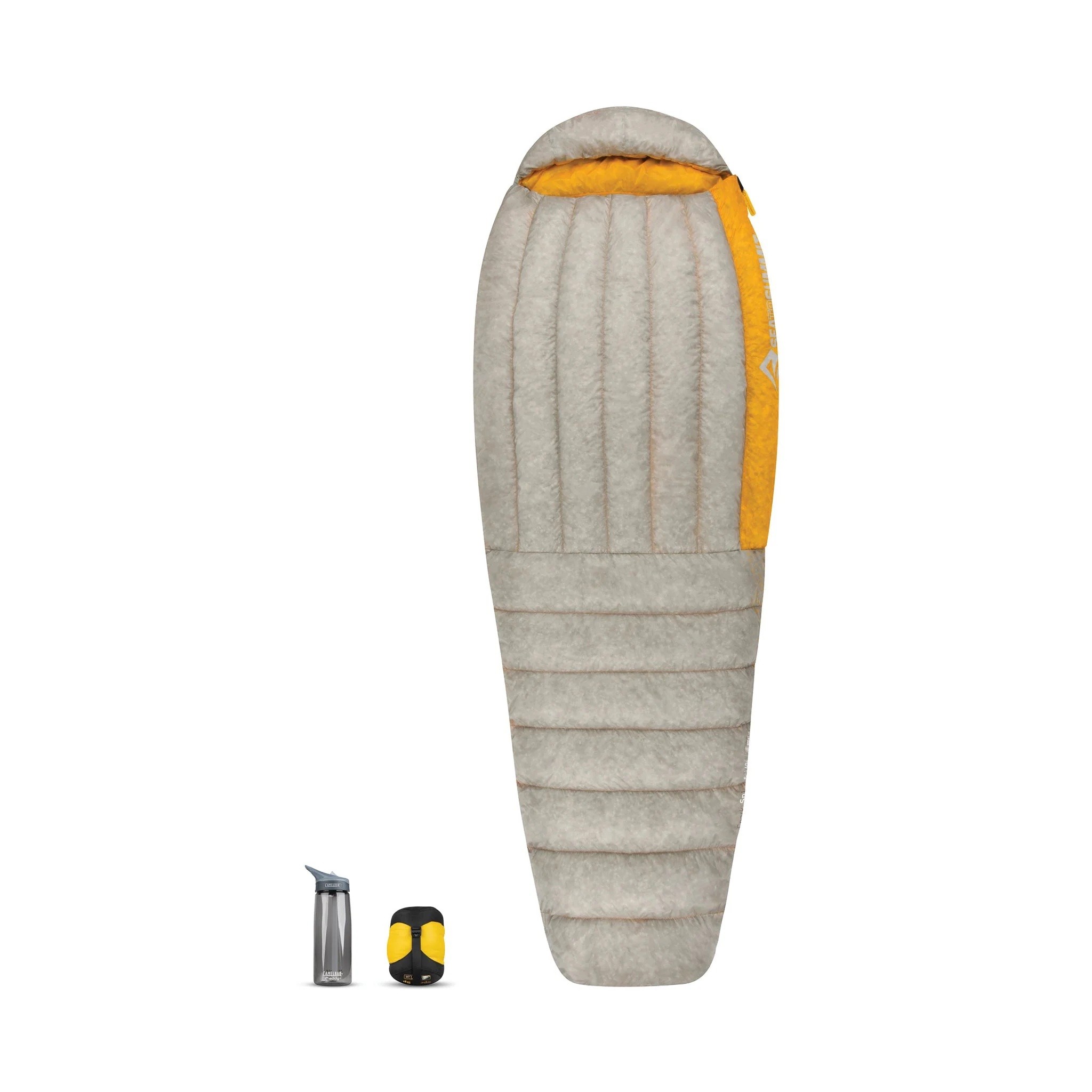 Sea to Summit Spark sleeping bag
Sea to Summit Spark sleeping bag
3.1.5. Inflatable Pillow
An inflatable pillow like the Sea to Summit Aeros Premium Pillow can significantly improve sleep quality, adding minimal weight.
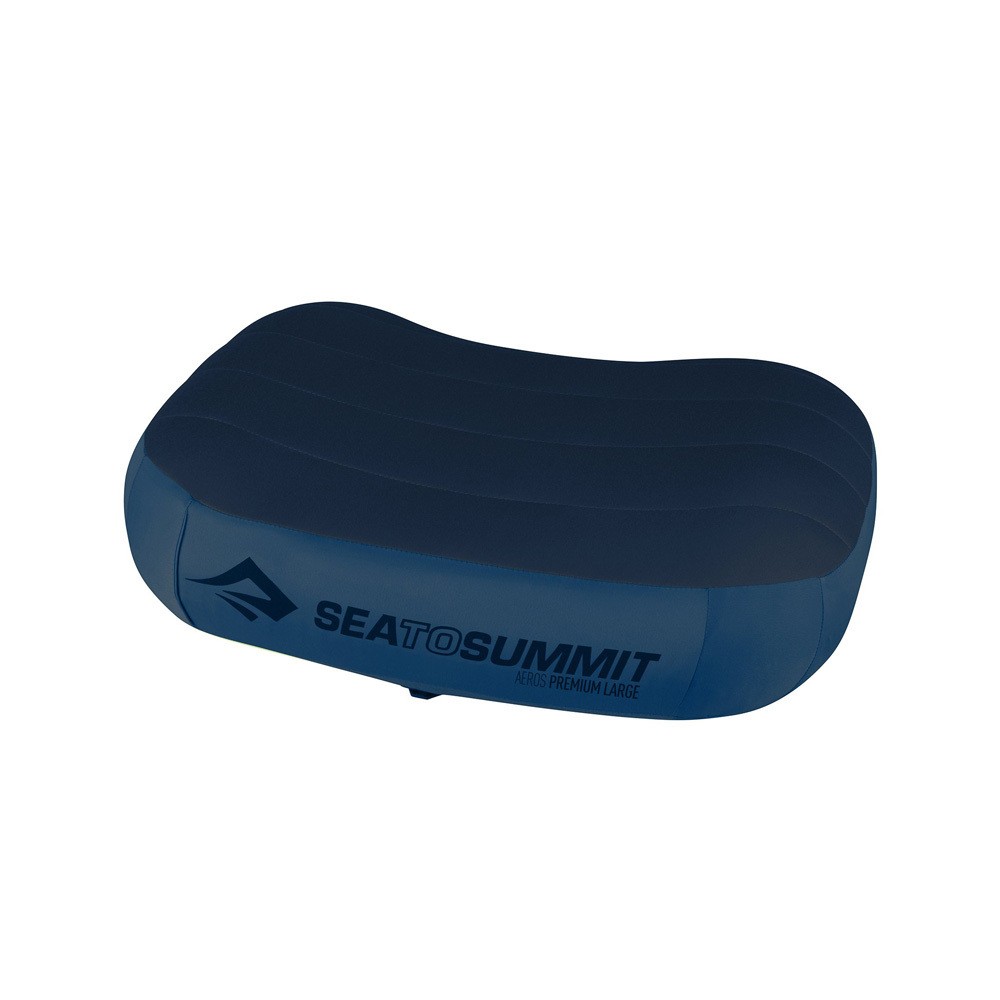 Sea to Summit pillow
Sea to Summit pillow
3.2. Navigation and Emergency Gear
Carry essential navigation tools and emergency devices for safety.
3.2.1. Headlamp
A headlamp is a must for overnight hikes. The Black Diamond Spot Headlamp is USB rechargeable and ensures you always have light.
 Black Diamond Revolt Headlamp
Black Diamond Revolt Headlamp
3.2.2. Personal Location Beacon (PLB)
A PLB is crucial for emergencies. The Ocean Signal RescueMe PLB is a lightweight option. You can also hire one from Macpac stores.
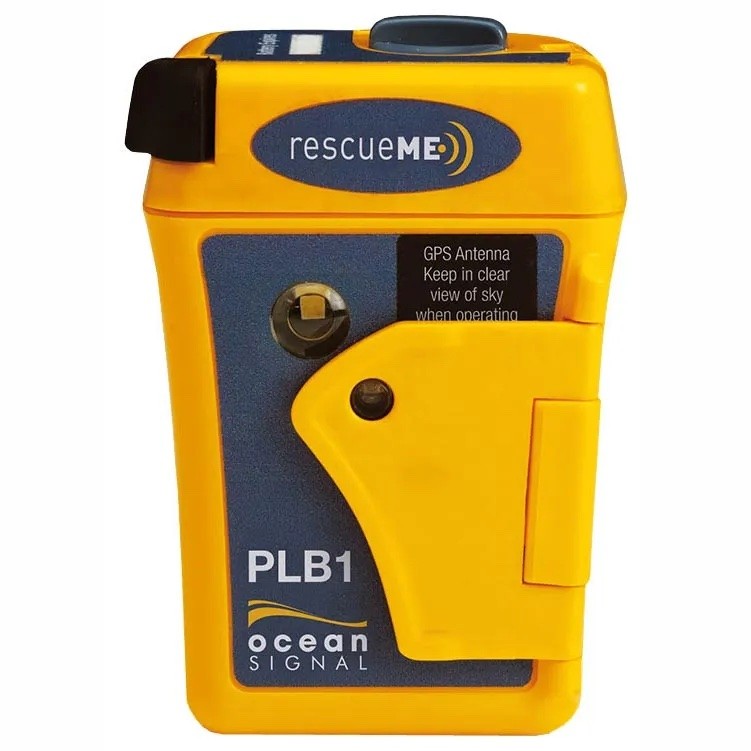 rescue plb
rescue plb
3.2.3. Navigation Tools
Carry a paper map, compass, and a GPS device or app on your phone. Apps like AllTrails or Maps.Me are useful for well-used trails, while Avenza or Gaia are better for remote areas.
3.2.4. Pocket Knife or Multi-Tool
A pocket knife or multi-tool is essential for various tasks.
3.2.5. Duct Tape or Gorilla Tape
Carry a small amount of tape for gear repairs.
3.2.6. Whistle
Attach a plastic whistle to your backpack for emergencies.
3.2.7. Emergency Blanket
An emergency blanket can protect against hypothermia.
3.3. First Aid and Toiletries
A first aid kit is essential for dealing with injuries, while toiletries help maintain hygiene in the wilderness.
3.3.1. First Aid Kit
Include band-aids, antiseptic cream, pain relief medication, medical tape, tweezers, scissors, and electrolytes. In Australia, carry a snake bite bandage.
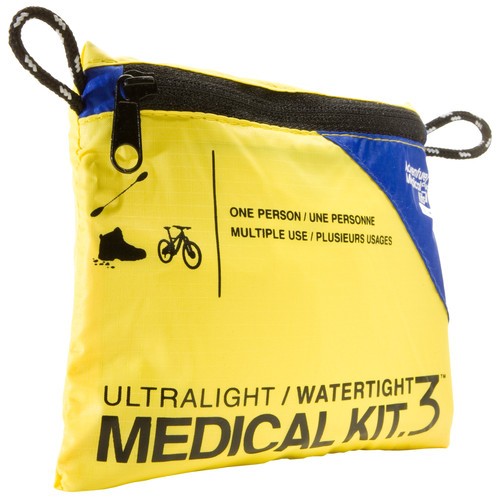 First aid kit
First aid kit
3.3.2. Trowel and Toilet Paper
Dig a hole at least 100m away from water sources and 15cm deep. Carry out your toilet paper.
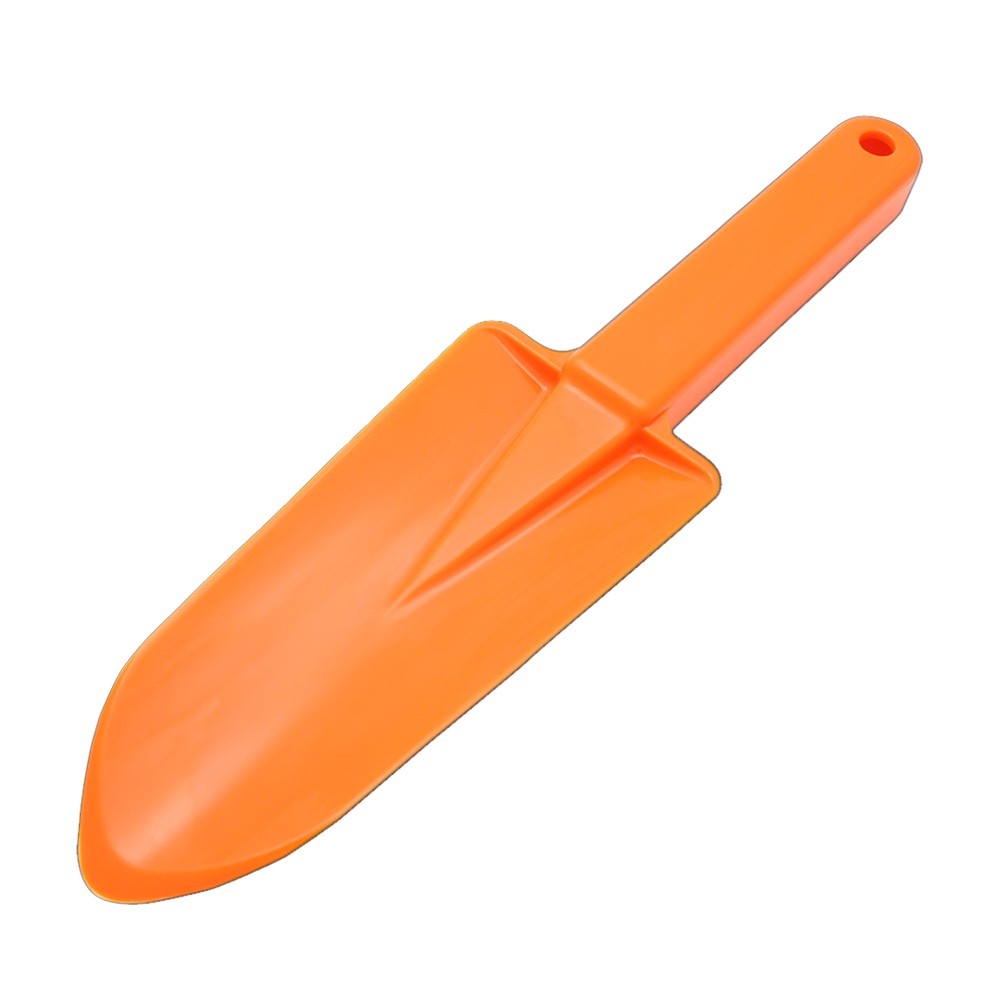 Backpackers-Trowel
Backpackers-Trowel
3.3.3. Toiletries
Carry basic personal toiletries to maintain hygiene.
3.3.4. Sun Protection
Use a high-quality sunscreen, SPF lip balm, and wear a hat and sunglasses.
 Sunscreen
Sunscreen
3.4. Cooking and Hydration
Proper cooking and hydration equipment are essential for making nutritious meals and staying hydrated during hikes.
3.4.1. Water Filter
Use a water filter to purify water from natural sources. Options include purification drops, Lifestraw bottles, or the Sawyer Squeeze filter.
3.4.2. Hydration Reservoir and/or Drink Bottles
Carry water using drink bottles and/or a hydration reservoir. A 3L hydration reservoir and a 1L metal drink bottle are a good combination.
 Hydration reservoir
Hydration reservoir
3.4.3. Hiking Stove
Use a JetBoil hiking stove or an MSR Pocket Rocket for cooking meals.
 Jetboil zip
Jetboil zip
3.4.4. Pot
If your stove doesn’t include a pot, use a titanium hiking pot.
3.4.5. Gas or Fuel
Carry propane/isobutane gas canisters for your stove.
3.4.6. Matches or Lighter
Carry waterproof matches for emergencies.
 Waterproof matches
Waterproof matches
3.4.7. Cutlery or Spork
A Sea to Summit Spork is a lightweight cutlery option.
 Sea to Summit spork
Sea to Summit spork
3.4.8. Mug
Bring a titanium mug or a collapsible mug for hot beverages.
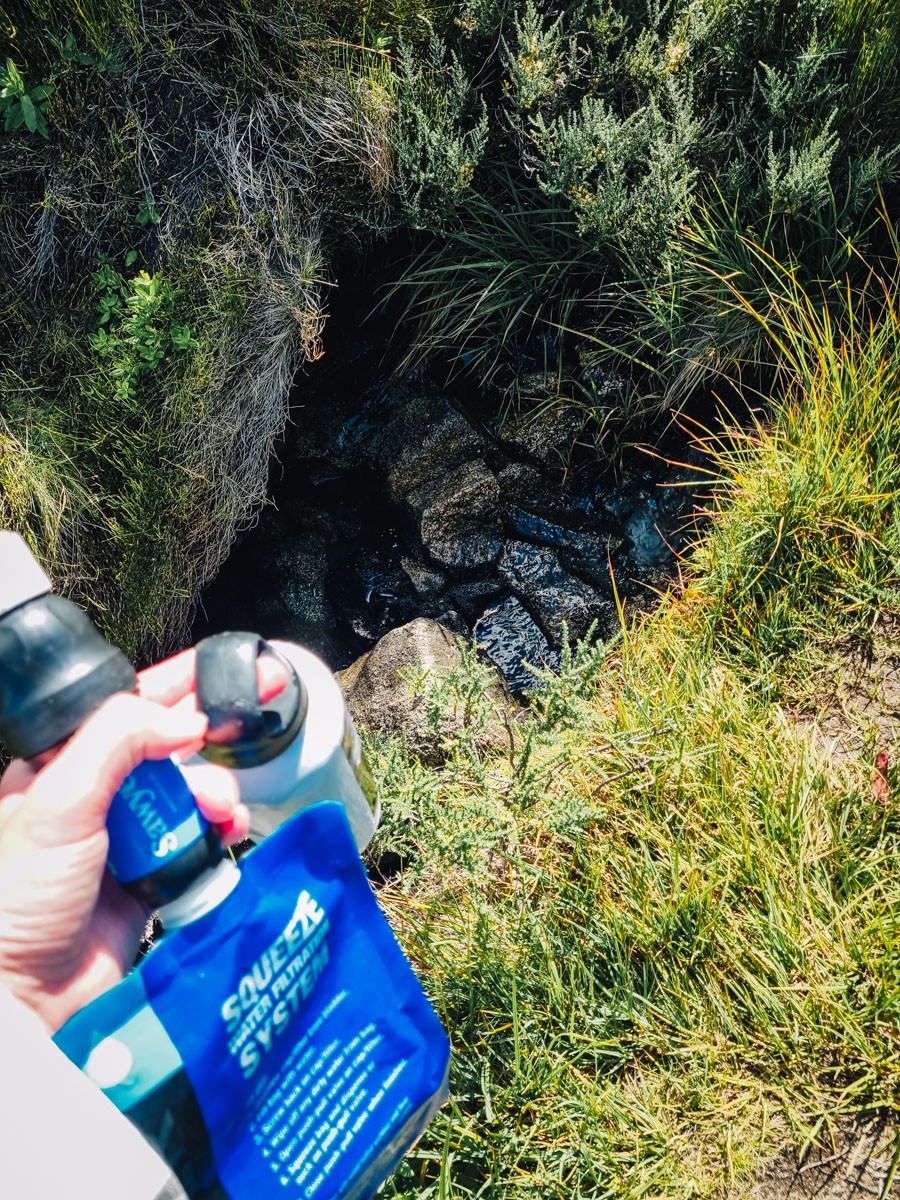 Water source near Mt St Gwinear
Water source near Mt St Gwinear
 Making a cup of tea at Whitelaw Hut Ruins
Making a cup of tea at Whitelaw Hut Ruins
3.5. Food and Snacks
Pack energy-dense, lightweight, non-perishable, and quick-cooking foods. Aim for 2000-4000 calories per person per day (700-900g). Consider dehydrated meals, porridge, granola, sandwiches, wraps, biscuits, granola bars, protein bars, trail mix, and jerky.
For detailed information on food planning, see How to Plan Your Food for Hiking.
 Dehydrated hiking meal
Dehydrated hiking meal
3.6. Other Essential Items
Additional items that are crucial for a variety of reasons.
3.6.1. Dry Bags and/or Pack Liner
Use dry bags or a full pack liner to keep gear dry.
3.6.2. Power Bank and Charging Cables
Carry a power bank to charge your phone, headlamp, and other devices. A 10,000mAh power bank is generally sufficient. Nitecore power banks and Biolite offer lightweight options.
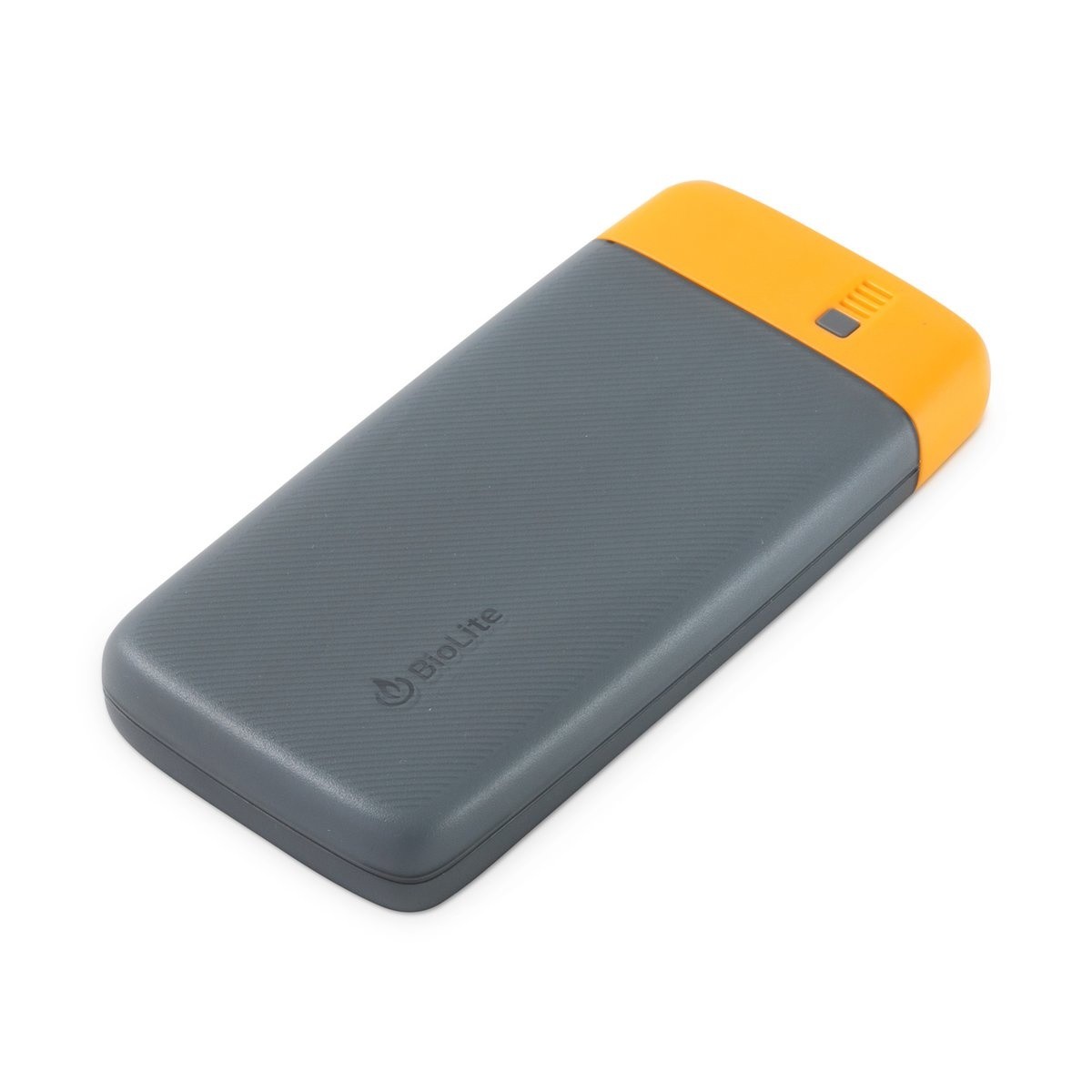 biolite power bank
biolite power bank
3.6.3. ID, Credit Card or Cash
Carry identification and some form of payment.
3.6.4. Navigation for Long Distance Trails
Use the FarOut App for long-distance hiking trails.
 Mount Nelse Summit
Mount Nelse Summit
3.7. Optional Extras
Consider these optional items based on your comfort level and the specifics of your hike.
- Trekking poles: Alleviate weight on joints and provide stability on steep terrain.
- Bowl for food: Useful if not eating directly from the pot or packet.
- Quick-drying towel: For washing in streams or swimming holes.
- Insect repellent: To ward off mosquitoes and other insects.
- Deodorant: Consider a small deodorant paste.
- Watch: To track your stats.
- Camera: For documenting your adventures.
- Journal and pen: For recording thoughts from each day.
- Fishing wire or rope: For hanging your food bag.
- Earphones: For listening to music or podcasts.
- Hip pack: For quick access to essential items.
 HIking clothing
HIking clothing
3.8. Essential Hiking Clothing
Ensure you have comfortable and durable clothing suitable for the conditions.
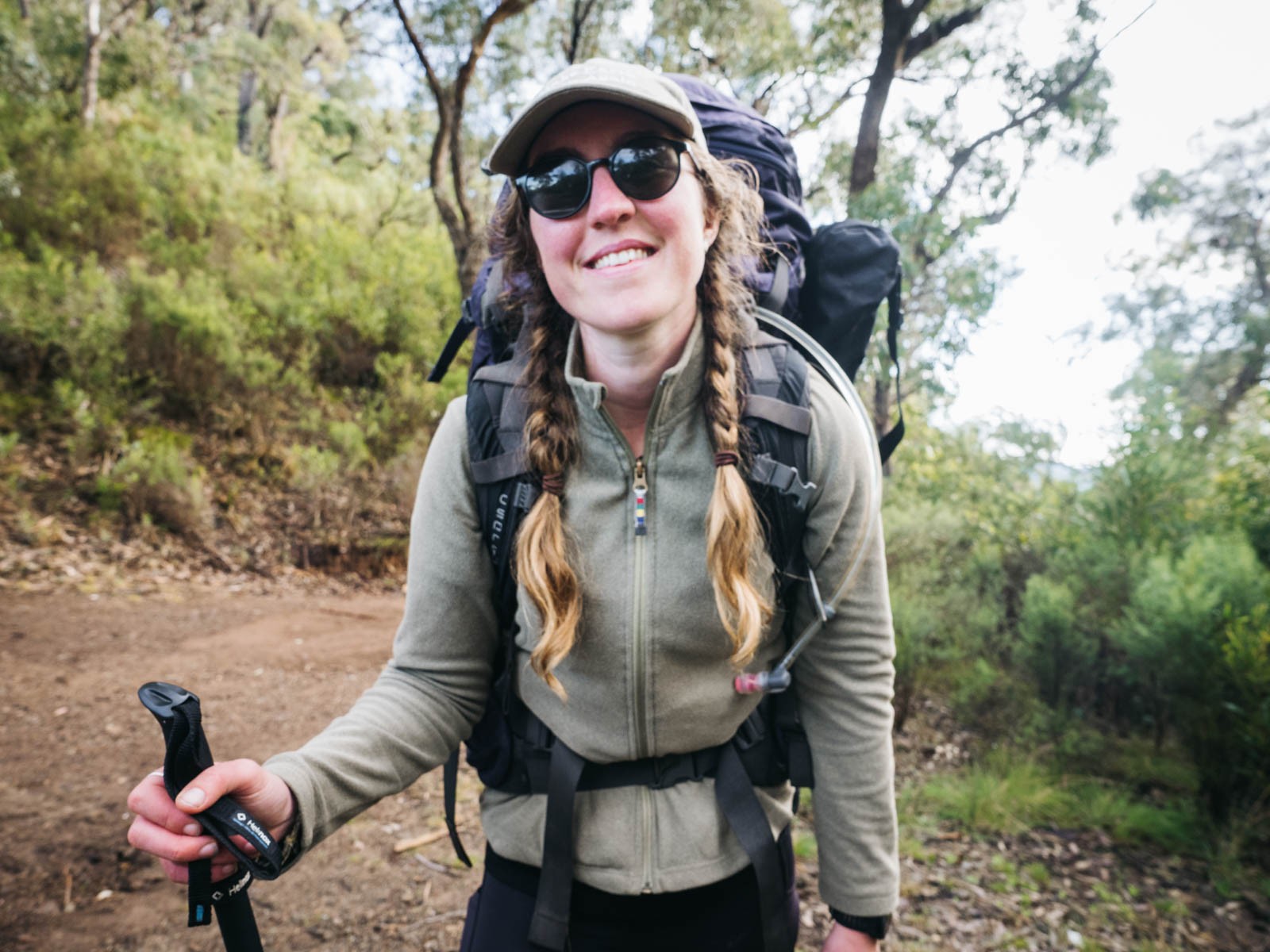 Hiking in Warrumbungle National Park
Hiking in Warrumbungle National Park
3.9. Optional Clothing Items
Pack additional clothing items depending on the weather and type of hike.
4. What are the Key Considerations for Choosing a Power Bank for Trekking?
Selecting the right power bank is crucial for ensuring your devices remain charged throughout your trek. Consider the following factors:
- Capacity: Choose a power bank with enough capacity to charge your devices multiple times. A 10,000mAh power bank can typically charge a smartphone 2-3 times.
- Weight and Size: Opt for a lightweight and compact power bank to minimize the load in your backpack.
- Durability: Select a power bank that is rugged and water-resistant to withstand the rigors of outdoor use.
- Charging Speed: Look for power banks with fast charging capabilities to quickly replenish your devices’ batteries.
- Number of Ports: Consider the number of USB ports available to charge multiple devices simultaneously.
- Brand Reputation: Choose a reputable brand known for producing reliable and high-quality power banks.
- Safety Features: Ensure the power bank has built-in safety features such as overcharge protection, short circuit protection, and temperature control.
5. How Can a Power Bank Enhance Safety During Remote Stays?
In remote areas of Vietnam, access to electricity can be limited or non-existent. A power bank ensures you can:
- Stay Connected: Keep your phone charged to communicate with others, especially in emergencies.
- Navigate Effectively: Use GPS apps and digital maps without worrying about battery life.
- Access Information: Read essential travel guides, translate languages, and access emergency information.
- Light Up Your Surroundings: Power your headlamp or flashlight for nighttime safety.
- Call for Help: In case of an emergency, a charged phone is vital for contacting local authorities or rescue services.
According to the International Travel Safety Association, having a reliable communication device significantly increases safety during remote travel.
6. What are the Best Practices for Using a Power Bank on a Multi-Day Trek?
To maximize the effectiveness and lifespan of your power bank, follow these best practices:
- Charge Before You Go: Fully charge your power bank before starting your trek.
- Store Properly: Keep the power bank in a protected area of your backpack to prevent damage.
- Conserve Power: Turn off devices when not in use and use power-saving modes.
- Avoid Extreme Temperatures: Protect the power bank from direct sunlight and extreme cold to prevent damage.
- Use Quality Cables: Use high-quality charging cables to ensure efficient charging.
- Monitor Charging: Keep an eye on the charging process to prevent overcharging.
- Bring a Backup: For extended treks, consider bringing a second power bank or a solar charger.
- Check Compatibility: Ensure your power bank is compatible with all your devices.
7. What are Some Popular Power Bank Brands Recommended by Experienced Trekkers?
Experienced trekkers often recommend the following power bank brands for their reliability and performance:
- Anker: Known for high-capacity and fast-charging power banks.
- Goal Zero: Specializes in rugged, solar-powered charging solutions.
- Nitecore: Offers lightweight and compact power banks for outdoor enthusiasts.
- Biolite: Provides innovative charging solutions with a focus on sustainability.
- Mophie: Known for stylish and durable power banks with wireless charging capabilities.
- RAVPower: Offers a range of power banks with multiple ports and fast charging.
8. How Do Solar Chargers Compare to Power Banks for Extended Hikes?
Solar chargers offer an alternative way to keep your devices powered on extended hikes, but they have pros and cons compared to power banks:
| Feature | Power Banks | Solar Chargers |
|---|---|---|
| Pros | Reliable, can charge devices anytime, fast charging | Environmentally friendly, no need for electricity, continuous charging in sunny conditions |
| Cons | Limited capacity, requires pre-charging, adds weight | Dependent on sunlight, slower charging, less effective in cloudy conditions, can be bulky |
| Best Use Case | Shorter treks, situations where consistent power is needed regardless of weather | Longer treks, sunny environments, eco-conscious travelers |
According to the Renewable Energy Association, solar chargers are a viable option for sustainable energy on the trail, but their effectiveness is highly dependent on weather conditions.
9. What Kind of Power Outlets Can Travelers Expect in Vietnam?
Knowing the type of power outlets in Vietnam helps ensure you have the right adapters for charging your power bank and other devices:
- Type A: Two flat parallel pins (common in North America).
- Type C: Two round pins (common in Europe).
- Type D: Three round pins in a triangular pattern (less common).
Vietnam primarily uses Type A and Type C outlets. The standard voltage is 220V at 50Hz. It’s advisable to bring a universal adapter to ensure compatibility with all your devices.
10. How Can SIXT.VN Enhance Your Travel Experience in Vietnam?
SIXT.VN offers a range of services to make your trip to Vietnam seamless and enjoyable:
- Airport Transfers: Start your trip stress-free with reliable and comfortable airport transfer services.
- Hotel Booking: Find the perfect accommodation to suit your needs and budget.
- Sightseeing Tours: Discover the beauty and culture of Hanoi and surrounding areas with expertly guided tours.
- Flight Booking: Secure the best flight deals to and from Vietnam.
- Travel Consultation: Get personalized travel advice and itinerary planning to make the most of your trip.
Let SIXT.VN take care of the details so you can focus on exploring the wonders of Vietnam. Contact us today at Hotline/Whatsapp: +84 986 244 358 or visit our website SIXT.VN to book your services. Our address is 260 Cau Giay, Hanoi, Vietnam. We’re here to help you create unforgettable travel experiences in Vietnam.
At SIXT.VN, we understand the challenges travelers face when planning a trip to Vietnam. The language barrier, cultural differences, and logistical complexities can be overwhelming. That’s why we offer comprehensive services to alleviate these concerns. Our team provides expert travel consultation, assisting you in creating personalized itineraries that align with your interests and preferences. From arranging secure and comfortable airport transfers to booking accommodations that meet your specific requirements, we handle every detail with precision.
Moreover, we recognize the importance of staying connected, particularly when venturing into remote areas. Our recommendation of carrying a reliable power bank is rooted in our commitment to ensuring your safety and convenience throughout your journey. A charged device not only allows you to capture memorable moments but also serves as a vital tool for navigation, communication, and accessing essential information.
With SIXT.VN, you gain a trusted partner dedicated to making your travel experience in Vietnam exceptional. Contact us today and let us help you plan the adventure of a lifetime.
Don’t let a dead battery ruin your adventure in Vietnam! Ensure your safety and stay connected by bringing a reliable power bank. Visit SIXT.VN today to book your airport transfer, hotel, and tours. Contact us at Hotline/Whatsapp: +84 986 244 358 or visit our website SIXT.VN.
FAQ: Power Banks for Multi-Day Treks and Remote Stays
1. Is a power bank necessary for a short, one-night trek?
Yes, even for a short trek, a power bank is highly recommended to ensure your phone and other devices remain charged for navigation, communication, and emergencies.
2. What size power bank should I bring for a multi-day trek?
A 10,000mAh to 20,000mAh power bank is generally sufficient for a multi-day trek, depending on the number of devices you need to charge and the length of the trek.
3. Can I bring a power bank on a plane to Vietnam?
Yes, you can bring a power bank on a plane, but it must be carried in your carry-on luggage and adhere to airline regulations regarding lithium-ion batteries.
4. How do I maintain my power bank during a trek?
Store your power bank in a protected area of your backpack, avoid extreme temperatures, and use quality charging cables to maintain its performance.
5. Are solar chargers a good alternative to power banks for hiking?
Solar chargers can be a good alternative for sunny environments, but they are less reliable in cloudy conditions and charge more slowly than power banks.
6. What type of power outlets are used in Vietnam?
Vietnam primarily uses Type A and Type C power outlets, so bring a universal adapter to ensure compatibility with your devices.
7. Can I rent a power bank from SIXT.VN?
SIXT.VN does not currently offer power bank rentals, but we recommend purchasing a reliable power bank



